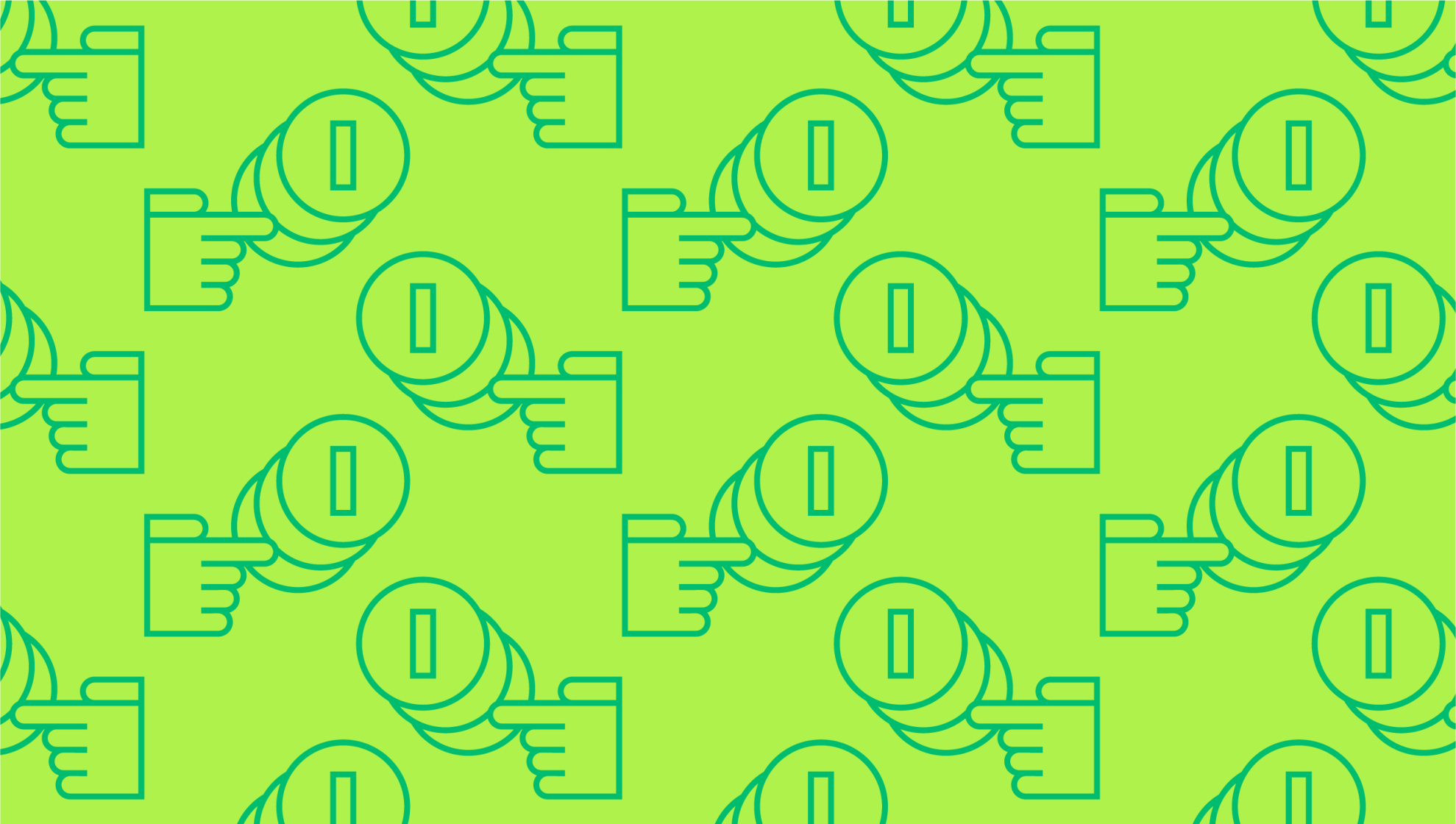Last editedMar 20233 min read
There are times in business when the funds to make a payment might not be immediately available. When this happens, rather than missing a payment and incurring penalties or interest, a deferred payment agreement can be entered into. This article explains how agreements of this kind work.
What does 'deferred payment' mean?
A deferred payment is one that is delayed, either completely or in part, in order to give the person or business making the payment more time to meet their financial obligations.
In accounting terms, any merchant allowing customers to set up a deferred payment agreement will be dealing with accrued revenue. This is the term that applies to money not yet been received in lieu of goods or services that have already been supplied to the customer.
Understanding how a deferred payment loan of this kind operates will enable a merchant offering it to maintain control of their cash flow.
Examples of a deferred payment agreement
A credit card that offers zero interest rates is an example of a deferred payment arrangement, since the bank that supplies the line of credit will collect the monthly payments without the revenue that would normally be guaranteed by the interest added. This is an example of deferred revenue, just as, from the customer’s point of view, any deferred payment agreement they enter into should be regarded as creating accrued expenses.
This is particularly important from the accounting point of view of any business taking advantage of a deferred payment agreement, as it means there is a specific amount of money representing the payments that haven’t been made for goods already received.
How to collect payments with GoCardless
1.
Create your free GoCardless account, access your user-friendly payments dashboard & connect your accounting software (if you use one).
2.
Easily create payment links to collect one-off or recurring online payments, and share them with your customers.
3.
From now on you'll get paid on time, every time, as GoCardless automatically collects payment on the scheduled Direct Debit collection date. Simple.
Sectors most likely to use a deferred payment agreement
The example of an interest-free credit card, or a bank loan, via which the lender defers the revenue from the interest charge until the loan has been fully repaid, is one way in which individuals can take advantage of the flexibility provided by deferred payments.
The popular buy now, pay later schemes used by consumers, such as Klarna, are an obvious example of a deferred payment agreement, in this case with a third party bearing the deferred revenue more than the merchant.
Deferred payment agreements are popular accounting methods in particular industries, such as the following:
Agriculture – farmers may make use of deferred payments on crops for two reasons: to shift the tax burden to another year and to free up cash flow to pay employees.
Education – some educational institutions, such as colleges and universities, recognise that fee-paying students may sometimes experience temporary periods of hardship that make it difficult to keep paying the fees owed. In many cases the institution will offer a deferred payment agreement, viewing this as being preferable to a student having to disrupt or even end their education. Under such schemes the student will be given longer to make the payments, but may well be charged a fee for the provision.
Real Estate – in the real estate sector, deferred payments are used in order to facilitate property sales. The borrower will receive a zero interest loan which doesn’t have to be repaid. When the house is finally sold, the borrower will pay the loan off in full.
Payment plans – across a wide range of sectors, payment plans are used to attract new customers or drive sales. Under a deferred payment plan of this kind the customer will enjoy a period during which they don’t need to make payments, followed by being able to pay for the items in question using a number of regular payments. Another variation is for the customer to only have to pay the interest on a loan for buying goods for the first six months following the purchase.
The student loans system operating in the UK is an example of a country-wide deferred payment scheme, in that it gives students up to 30 years to pay their student fees as a percentage of earnings, with anything unpaid after that time written off entirely.
How a deferred payment agreement works
In some cases, a deferred payment plan will involve a percentage of the overall amount being paid at different intervals. In others, the seller will allow for a grace period before the regular payments have to start. Deferred payment plans of this kind are often used to attract new customers through slogans such as “Buy Now – Pay Nothing For 12 Months”.
We can help
In the retail sector, deferred payment often takes the form of merchants partnering with third party instalment providers. GoCardless offers an alternative, catering for your regular one-off and recurring payments globally, while letting you set up flexible instalments with particular clients.
Using a combination of Direct Debit and Open Banking technology, businesses can make the most of GoCardless to save time, stress, and reduce the costs surrounding payment collection.


